Brand Building For Startups
I recently met with a group of small startup companies to discuss how to get their brands established. The result of that meeting was the following guidelines, which are designed for smaller teams that need to set up a brand building plan on a short timeframe. This process can, of course, be much more comprehensive. Here, we seek only to cover the basics.
Meeting #1 - Brainstorming
Purpose: Come up with ideas on how to position your brand
Tips:
Get some large sticky pads for this meeting
Allow for free-flow discussion at this stage. Hold judgment
Write down all ideas
Brand Positioning Items:
Our Vision: Why did we start this company? What’s our purpose in the simplest terms?
What are Our Values that our company is founded upon? (Choose four to six)
What are Our Personality Traits?
What is Our Promise to our customers?
What we believe:
Why we are here
How we operate
What we offer
Meeting #2 - Refine Messaging
Purpose: Refine ideas from the first brainstorming meeting
Tips:
Wait at least three days after your brainstorming meeting
Try to get consensus. Work through sticking points
Try to have the hard conversations in person
When you're finished, transfer refined messaging from sticky pads to soft copy
Finalize messaging by putting just the words (no visuals) in a PowerPoint or similar and request feedback from your team. If there are still some tough issues to talk through, do it live, not via email.
Meeting #3 - Develop Personas
Purpose: Capture the key information about your target audiences
TIPS:
Get some large sticky pads for this meeting
Don’t edit during this phase. Simply write down every possible audience
Include groups such as colleagues and investors who will also interact with your brand
Answer key questions for all personas
Typical Persona Questions:
What are the top three things they care about?
What are their biggest pain points? Or issues?
How can we solve their issues?
What are their barriers?
Are there any perceptions we need to overcome?
How should we best contact this audience?
What’s their timeframe for purchase?
What’s the best way to reach them? Through which channel?
(Note: There are many questions that could apply here. Decide which ones make the most sense for your industry.
Phase 2: Try to combine your target audiences into buckets.
Meeting #4 - Prioritize your Brand Assets
Purpose: Determine which creative deliverables you need for your brand
Tips:
Don’t try to boil the ocean. Focus on what matters most
Determine the best ways to interact with your audiences
Find design help that matches your budget
Typical Brand Deliverables:
Logo
Fonts
Colors
PowerPoint template
Visual library/Hero visuals
Iconography library, if relevant
Collateral template
Investor pitch presentation
Technical presentation
Website
Landing pages
Email templates
Event materials
Brand video
Finally, combine all everything you have gathered into a deck or a document and utilize it to brief team design teams, new hires and existing team members.


